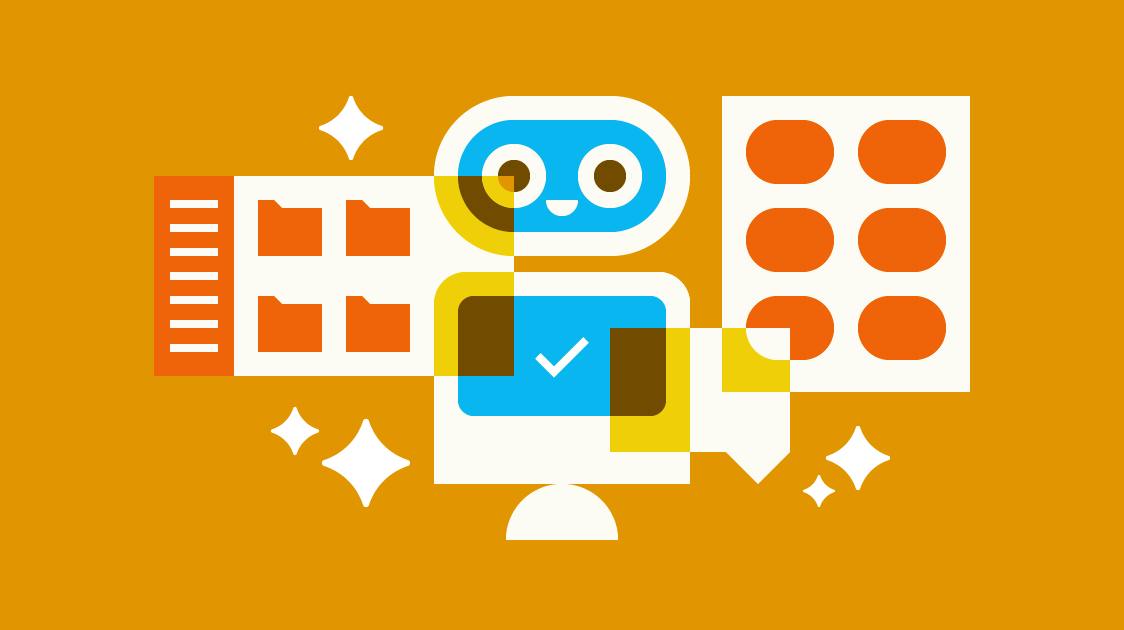The Future of Self-Service


Two trends underlie the drive toward better online self-service. The first is that customers( increasingly want to solve their own problems)(1), and the second is that companies are struggling to meet their increasing expectations for online customer experience.
Delivering consistently high-quality service at scale means finding ways to help those customers resolve their problems on their own, quickly and conveniently. In that context, implementing the right self-service tools and processes is more important than ever before.
Technological improvements are the future of self-service, but technology on its own is rarely the right answer. Companies will need to pick the right mix of technologies for their own needs and implement them effectively.
In this article, we’ll review the broad market trends in self-service and the technologies that will shape self-service in the years to come.
Try the customer support platform your team and customers will love
Teams using Help Scout are set up in minutes, twice as productive, and save up to 80% in annual support costs. Start a free trial to see what it can do for you.
Try for free
Market trends in self-service
More messaging
2017 saw a continuation in the rise of messaging applications across the internet. Facebook, Twitter and WhatsApp all announced plans for their services to become explicit customer support channels for business.
Whether you choose to use those particular tools or not, customers will increasingly expect messaging-style support options from the companies they work with.
Drift CEO David Cancel predicts: "2018 will be the year that messaging starts to integrate and become seamlessly interwoven with all of the other communication channels businesses are using to talk to leads and customers."
CRM capabilities in service channels allowing greater personalization
Help desk tools, chat systems, and knowledge base search logs can be isolated sets of data. By combining that data through customer relationship management tools, companies will be able to deliver more personalized self-service experiences.
Those CRM capabilities may be built into existing help desk systems, or they may come through deeper integrations. For example, a well-integrated self-service system could be aware of:
The customer’s current location on the website, as well as the pages they came from
Their past order or usage history with the service
Prior conversations with the support and sales teams
Their NPS or CSAT scores
Self-service tools will use that context to make informed assumptions about what the customer needs to see and how to prioritize the information for them, rather than relying on the customer to provide all that contextual information each time.
Personalization in support may be delivered in the form of customized help pages or product flows, or even through AI agents in chats.
Increasing use of video in customer self-service
Globally, online video consumption increases year over year, driven by better internet access and the adoption of smart phones. Wistia reported in 2016 that "People spent on average 2.6x more time on pages with video than without."
People also engage more with video than with text, and self-service video is an efficient way to explain complex or confusing issues to customers under stress.
New tools enabling customer support teams to quickly create and share videos will mean a big jump in video usage in knowledge bases and FAQs. To get started, consider these two options:
Technological changes and self-service
Yes, technological change is really just another market trend, but with such a large potential impact it is worth considering separately.
Underlying almost all self-service technological advances is artificial intelligence. As a field of study, AI is incredibly broad. We are not trying to be exhaustive here, but to select the areas of AI most likely to improve online self-service in 2018 and beyond.

How will the various aspects of AI be applied to self service over the next few years? Let’s consider the most likely areas.
Natural language processing and speech recognition
Natural language processing (NLP) is how our machines are able to "understand" written human languages. As humans we tend to speak in ambiguous, imprecise ways, and the field of NLP enables computers to turn that language into something they can process and act upon.
That means a customer can ask for an appointment "next Tuesday" and have a computer translate that into a nicely formatted YYYY-MM-DD that can be added to a calendar.
A common challenge of self-service tools is that the information the customer needs is already in the knowledge base, but they aren’t able to find it. Improvements in NLP and speech recognition will make it simpler for a computer to correctly interpret what the customer needs.
Netflix estimated that providing better search results through AI has helped them retain $1 billion every year from customers who would otherwise have cancelled their accounts. NLP will only become cheaper and faster to rollout — for iOS app developers, Apple offers ever-improving APIs for natural language processing.
Machine learning
Machine learning is a term sometimes used interchangeably with AI, but in truth it is just one application of AI technology. The idea is that we should be able to give machines access to sources of data and have them "learn" without being explicitly programmed.
Customer service is a natural application for AI, because it tends to generate huge amounts of data — customers asking questions, and people answering those questions.
Machine learning will allow computers to read all of that information (using technology like natural language processing and sentiment analysis), and train themselves on how to answer customer questions.
In 2017 we began to see companies exploring machine learning applications. Google presented a session on using their Cloud APIs to improve customer service. For most companies it is still too early for machines to realistically handle most of their support, but every team would do well to identify which parts of their customer service workload should be automated first.
Chat bots, virtual agents, and human support
Will chatbots come to take all our jobs? No, but companies will continue applying AI technologies like NLP, machine learning, and sentiment analysis to customer service. The reality of a completely independent, highly competent and flexible AI support agent is a long way off yet.
Help Scout CEO Nick Francis sees the greatest value in AI supplementing, not supplanting, human powered support: "AI elevates customer service professionals into roles that develop their skills, increase their impact, and improve their ability to participate in proactive, revenue-generating activities."
IBM’s Watson is showing significant results for Autodesk, reducing their average response time significantly, but even so, their biggest win is in helping their support team be more effective, according to Autodesk’s VP of Operations Gregg Spratto:
If we can just understand what customers want—we can route more appropriately, collect more information and create a case so that when it gets to a human agent they’re not having to do all that work. This ultimately leads to quicker resolution and a better customer experience.
Identifying which work could be automated away and the places a real person can make the biggest impact will be critical as AI tools are rolled out over the next few years.
AI in customer self-service reading list:
How artificial intelligence can deliver real value to companies
10 reasons why AI-powered, automated customer service is the future
CX in 2017: A Tale of Empowered Customers, AI and Self-Service
Meet ServiceNow Agent Intelligence: Machine Learning for Everyday Work
Machine Learning for Automating a Customer Service: Chatbots and Neural Networks
Preparing for the future of self-service
The future of self-service is better technology, thoughtfully applied and integrated into businesses to give the customer faster access to better information with less effort.
In 2018, we will see AI and related technology applied more widely, but for most use cases, fully automated support is still a very long way off. Using AI to make your support staff faster, smarter, and more effective is the way forward.
To prepare your team for the future, begin by building a model of your customer service experience, and identify places where technology or processes could be inserted to save time and effort.
That way, as the technology improves and becomes more widely available, you can make informed decisions about how and where to integrate it into your service experience.
The Supportive Weekly: A newsletter for people who want to deliver exceptional customer service.